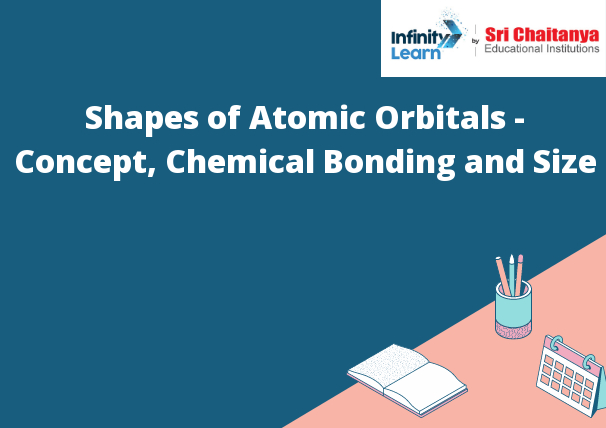Table of Contents
Shapes of Atomic Orbitals Introduction ;
An atomic orbital is a mathematical function that describes the behavior of an electron in an atom. The shapes of atomic orbitals are determined by the type of electron energy level and by the number of electrons in the atom. Shapes of Atomic Orbitals – Concept Chemical Bonding and Size.
S orbitals are shaped like spheres. They have no definite boundaries and can extend in all directions.
P orbitals are shaped like dumbbells. They have two lobes, one on each side of the nucleus.
D orbitals are shaped like four-leaf clovers. They have four lobes, one in each direction.
F orbitals are shaped like eight-pointed stars. They have eight lobes, one in each direction.

Orbital Shapes
An orbital shape is the shape that an electron takes around a nucleus. There are four basic shapes: s, p, d, and f. Each shape corresponds to a different energy level.
Concept of Different Orbital Shapes and Sizes
There are four basic types of orbits: circular, elliptical, parabolic, and hyperbolic.
- A circular orbit is when the object moves in a perfect circle around the point. The object has a constant speed and never goes faster or slower.
- An elliptical orbit is when the object moves in an oval-shaped path around the point. The object has a changing speed. It is fastest when it is close to the point and slowest when it is farthest away.
- A parabolic orbit is when the object moves in a U-shaped path around the point. The object has a changing speed. It is fastest when it is close to the point and slowest when it is farthest away.
- A hyperbolic orbit is when the object moves in a V-shaped path around the point. The object has a changing speed. It is fastest when it is close to the point and slowest when it is farthest away.
Shapes of Atomic Orbitals – Concept Chemical Bonding and Size.



